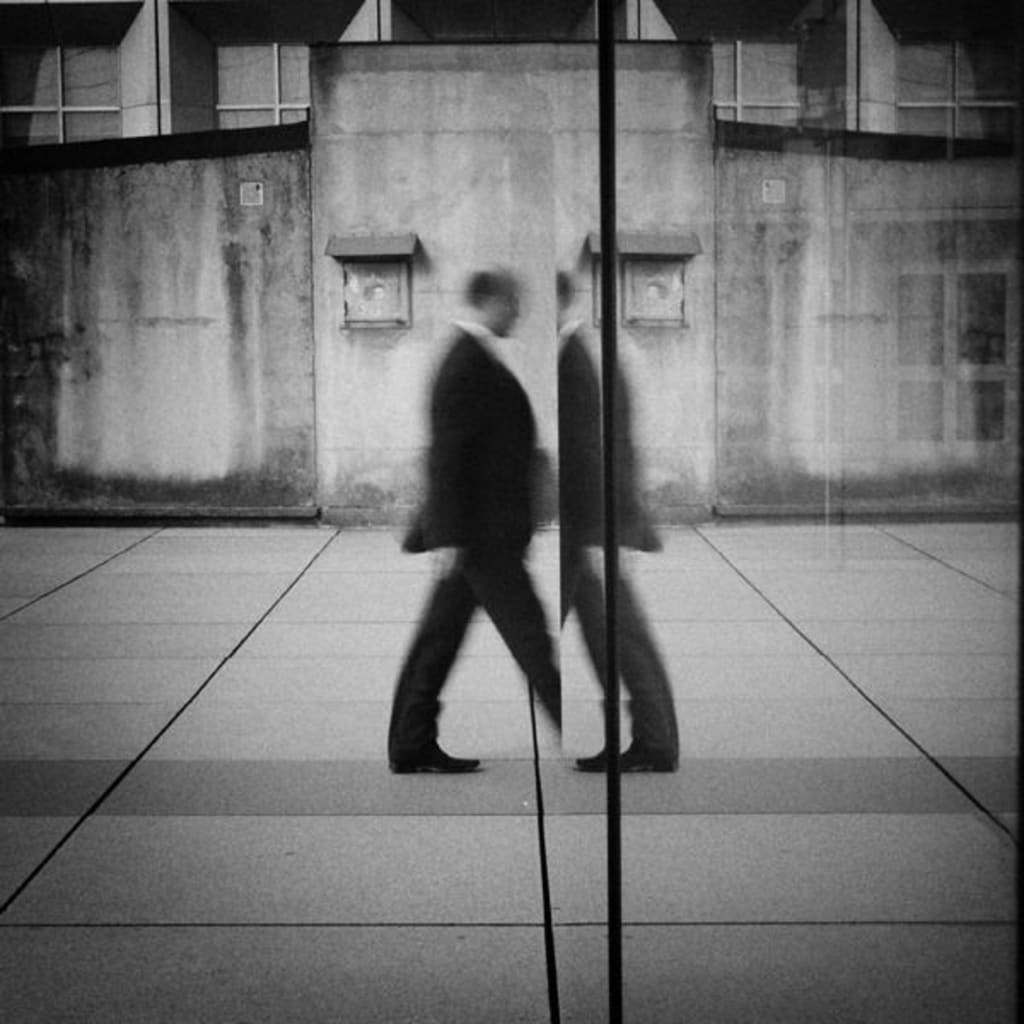The Mysterious Disappearance of James Burne Worson!
Unraveling the Enigma of a Shoemaker's Vanishing Act and Its Uncanny Connection to a Famous Writer's Fate

Imagine embarking on a leisurely hike with your friends to the majestic Grand Canyon, filled with anticipation of adventure and camaraderie. The sun is shining, the air is crisp, and spirits are high as you set out on the trail. Among your companions is your fastest friend, known for his love of showing off his athletic prowess.
As your group treks along the rugged terrain towards your camping destination, your speedster friend takes the lead, bounding ahead with seemingly boundless energy. Suddenly, a gasp escapes your lips as you witness a startling sight: your friend, mere feet ahead of you, stumbles and, before your disbelieving eyes, vanishes into thin air. The shock of the moment leaves you questioning reality itself. Did you truly witness what you thought you saw, or was it merely a trick of the mind?
This peculiar scenario may seem like a product of fiction or fantasy, but it bears an eerie resemblance to a true-life tale that unfolded over a century ago. The story revolves around James Burne Worson, a modest shoemaker residing in the quaint town of Leamington, Warwickshire, England, in the year 1873.
James Worson was not your average shoemaker; he was a man of both humble demeanor and remarkable athletic ability. Renowned for his craftsmanship and admired for his integrity, Worson led a simple yet contented life, plying his trade and earning the respect of his fellow townsfolk. However, like all individuals, Worson harbored a penchant for the occasional bout of showmanship and revelry.
It was on a seemingly ordinary day in September of that year that Worson's life took a fateful turn. While strolling through the streets of Leamington with a group of friends, a mischievous idea took root in Worson's mind—a challenge to test his physical prowess and captivate the attention of his peers.
Fuelled by a desire for recognition and perhaps a dash of reckless bravado, Worson proposed a daring feat: a race against time and distance, pitting man against nature in a test of endurance and will. The challenge? To traverse the arduous route from Leamington to Coventry and back again—a formidable journey spanning a distance of nearly 20 miles.
Despite the daunting nature of the task, Worson, emboldened by his own confidence and the allure of glory, accepted the challenge with characteristic resolve. As he embarked on his marathon endeavor, his friends, intrigued by the spectacle unfolding before them, chose to follow at a respectful distance, bearing witness to the unfolding drama.
For miles, Worson maintained a steady pace, his strides purposeful and his determination unwavering. With each passing step, he drew closer to his goal, propelled by a combination of physical prowess and sheer force of will. His companions, trailing behind in a horse-drawn cart, watched in awe as their friend demonstrated feats of athleticism previously thought impossible.
Yet, as the sun began its descent towards the horizon and shadows lengthened upon the landscape, fate intervened in the most inexplicable manner. In a moment that defied all logic and comprehension, Worson, mid-stride, stumbled and fell, his body hurtling towards the earth below. And then, in a flash of bewildering astonishment, he vanished from sight—disappearing into the ether without a trace.
The abruptness of Worson's disappearance left his companions stunned and incredulous, their minds struggling to reconcile the inexplicable events that had unfolded before them. Despite their best efforts to locate their friend, scouring the surrounding area for any sign of his presence, Worson remained elusive, his fate shrouded in mystery.
Word of Worson's baffling disappearance spread like wildfire throughout the town of Leamington, capturing the attention and imagination of its inhabitants. Rumors and speculation ran rampant, with theories ranging from the supernatural to the mundane vying for prominence in the collective consciousness.
In the absence of concrete evidence or a satisfactory explanation, Worson's fate remained an enigma—a puzzle with no discernible solution. However, the saga of his inexplicable disappearance would not be consigned to the annals of forgotten history; rather, it would become the subject of enduring fascination and intrigue for generations to come.
But the mystery surrounding Worson's disappearance did not exist in isolation; it bore striking parallels to another perplexing vanishing act that would captivate the public imagination in the years to come. Enter Ambrose Gwinnett Bierce—a celebrated journalist, author, and purveyor of the macabre, whose own fate would become intertwined with that of Worson in a curious twist of fate.
In 1913, at the age of 71 or 72, Bierce embarked on a journey to Mexico, where he became an eyewitness to the tumultuous events of the Mexican Revolution. His adventures would take him into the heart of the conflict, where he would encounter the enigmatic figure of Francisco "Pancho" Villa and bear witness to the swirling currents of revolution and upheaval.
Yet, amidst the chaos and turmoil of war-torn Mexico, Bierce found himself inexorably drawn towards an unknown destiny—one that would ultimately lead to his own disappearance and the commencement of yet another enduring mystery.
On December 26th, 1913, Bierce penned a letter to a close friend and confidante, Blanche Partington, detailing his experiences and recounting his plans for the future. In a hauntingly prescient passage, he wrote, "As to me, I leave here tomorrow for an unknown destination,"—words that would prove to be his final communication with the outside world.
From that moment onwards, Bierce vanished without a trace, leaving behind a trail of speculation and conjecture that would endure for decades to come. Despite extensive investigations and the passage of time, Bierce's fate remains a subject of debate and intrigue—an unsolved riddle that continues to confound and beguile those who dare to delve into its depths.
The parallels between the disappearances of James Burne Worson and Ambrose Gwinnett Bierce are as uncanny as they are inexplicable, suggesting the existence of forces and phenomena beyond the realm of human understanding. Whether it be a twist of fate, a convergence of cosmic forces, or something altogether more sinister, the truth behind these enigmatic vanishings may never be fully revealed.
Yet, as we ponder the mysteries of the past and grapple with the uncertainties of the present, one thing remains abundantly clear: the human capacity for curiosity and wonder knows no bounds. In the face of the unknown, we are compelled to seek answers, to unravel the tangled threads of fate, and to confront the mysteries that lie at the heart of existence itself.
As we gaze upon the vast expanse of the unknown, let us not be deterred by the shadows that linger at the edges of our understanding, but instead, let us embrace the journey of discovery with open hearts and minds. For it is in the pursuit of knowledge and truth that we find meaning and purpose, and it is in the exploration of the unknown that we discover the boundless potential of the human spirit.
So, as we contemplate the fate of James Burne Worson
About the Creator
Enjoyed the story? Support the Creator.
Subscribe for free to receive all their stories in your feed. You could also pledge your support or give them a one-off tip, letting them know you appreciate their work.





Comments
There are no comments for this story
Be the first to respond and start the conversation.